




Vinegar is a common household ingredient that is often used for cooking, cleaning, and even as a natural remedy. However, many people are unaware of the potential effects vinegar can have on rubber materials. Rubber is a versatile material that is used in a wide range of products, including gaskets, hoses, seals, and tires.
While vinegar is generally considered safe for most applications, it can have surprising effects on rubber. When vinegar comes into contact with rubber, it can cause it to break down and deteriorate over time. This is because vinegar is an acidic substance, and prolonged exposure to acidity can weaken the chemical bonds in rubber. As a result, the rubber material may become brittle, cracked, or discolored.
One of the main reasons that vinegar can damage rubber is due to its acetic acid content. Acetic acid is a type of organic acid that can dissolve certain substances, including rubber. When vinegar is applied to rubber, such as in the form of a cleaning solution or in the case of accidental spills, the acetic acid can penetrate the rubber surface and start to degrade it. This can ultimately lead to the rubber losing its elasticity and integrity.
It is important to note that the effects of vinegar on rubber can vary depending on the type of rubber and the concentration of acetic acid in the vinegar. Some rubber materials may be more resistant to vinegar than others. However, it is generally best to avoid prolonged exposure of rubber to vinegar to minimize any potential damage.
In conclusion, while vinegar is a versatile and commonly used household product, it can have surprising effects on rubber materials. The acidic nature of vinegar can cause rubber to deteriorate over time, leading to brittleness, cracking, and discoloration. To prevent potential damage, it is recommended to avoid using vinegar on rubber or to limit its exposure as much as possible.
The Chemistry Behind Vinegar and Rubber
Vinegar is a common household product that is widely used for cooking, cleaning, and other purposes. It is a dilute solution of acetic acid, typically containing around 5-8% acetic acid by volume. Rubber, on the other hand, is a versatile material that is used in various industries for its elasticity and resistance to wear and tear.
The interaction between vinegar and rubber can result in some surprising effects due to the chemical composition of both substances. Rubber is composed of long chains of polymers, specifically polyisoprene, which provide its unique properties. These polymers are held together by weak intermolecular forces called van der Waals forces.
Vinegar’s Effect on Rubber
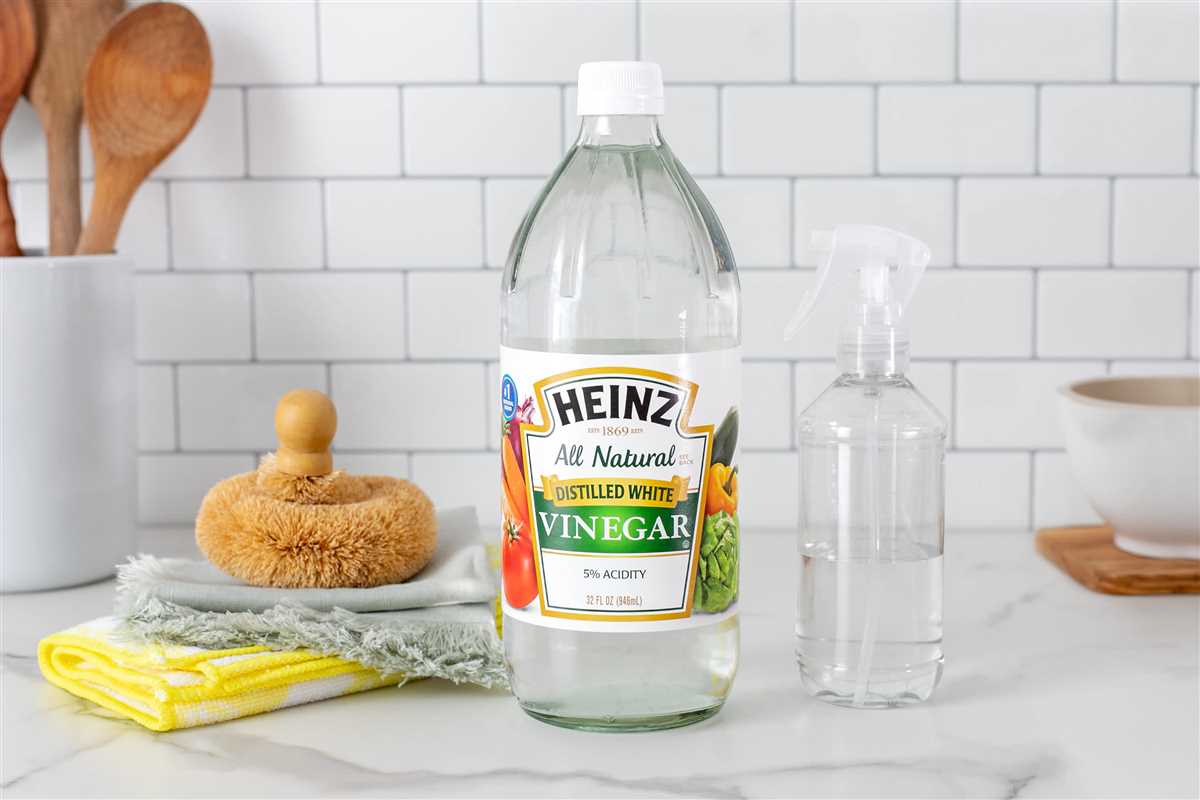
When vinegar comes into contact with rubber, the acetic acid in vinegar can react with the polymers in the rubber, causing the rubber to break down. This reaction occurs because acetic acid is a weak acid, and the hydrogen ions it contains can interact with the polymer chains.
The reaction between acetic acid and the rubber polymer chains can lead to the formation of ester linkages, which can weaken the rubber structure. As a result, the rubber may become brittle, lose its elasticity, and eventually degrade over time.
Factors Affecting Vinegar’s Effect on Rubber
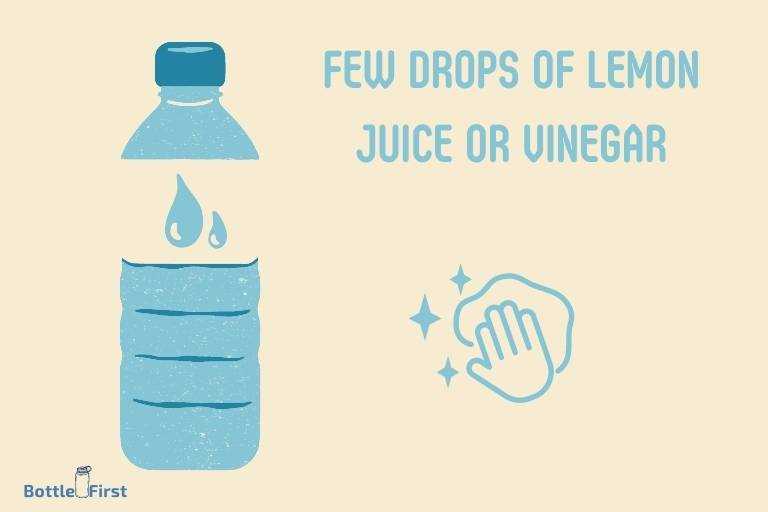
The extent to which vinegar damages rubber depends on several factors:
- Concentration of acetic acid: Higher concentrations of acetic acid can lead to more significant damage to the rubber.
- Duration of exposure: Prolonged exposure to vinegar can increase the chances of damage to the rubber.
- Type of rubber: Different types of rubber have varying degrees of resistance to acids, so the effects of vinegar can vary depending on the specific rubber material.
Preventing Damage to Rubber
To prevent damage to rubber when using vinegar or cleaning products that contain vinegar, it is advisable to:
- Use vinegar sparingly or dilute it with water to reduce its concentration.
- Avoid prolonged exposure of rubber to vinegar.
- Test a small, inconspicuous area of the rubber before applying vinegar to the entire surface.
By taking these precautions, you can minimize the potential damage to rubber when using vinegar.
Understanding the Acidity Level of Vinegar
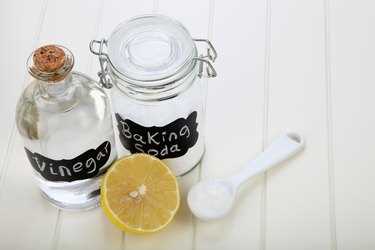
Vinegar is a commonly used household product that is known for its acidic properties. It is typically made through a two-step fermentation process that involves the conversion of ethanol to acetic acid by bacteria. The resulting solution contains acetic acid, water, and trace amounts of other acids, vitamins, and minerals.
The acidity level of vinegar is measured by its pH value. The pH scale ranges from 0 to 14, with values below 7 considered acidic and values above 7 considered alkaline. Distilled white vinegar, which is the most common type of vinegar, typically has a pH level of around 2.4.
This low pH level is what gives vinegar its acidic properties and makes it effective for cleaning and disinfecting. However, it is also the reason why vinegar can potentially damage certain materials, such as rubber.
How Does Vinegar Affect Rubber?
Rubber is a versatile material that can be found in various products, including tires, gaskets, seals, and other rubberized components. While rubber is generally durable and resistant to many chemicals, it may not hold up well against the acidic properties of vinegar.
When rubber comes into contact with vinegar, the acetic acid in the vinegar can cause deterioration and degradation of the rubber material. This can result in the rubber becoming brittle, cracked, or even disintegrated over time. The extent of the damage will depend on factors such as the concentration and duration of the vinegar exposure.
Precautions to Take When Using Vinegar with Rubber
If you need to use vinegar in a situation where it may come into contact with rubber, it is important to take the necessary precautions to minimize potential damage. Here are some tips:
- Avoid prolonged exposure: Limit the amount of time rubber is exposed to vinegar. Clean the rubber material quickly and thoroughly, and avoid leaving it in contact with vinegar for extended periods.
- Dilute the vinegar: Consider diluting the vinegar with water before using it on rubber. This can help lessen the acidity and reduce the risk of damage.
- Test on a small area: Before using vinegar on a larger area of rubber, test it on a small, inconspicuous spot to see how the rubber reacts. If there is no noticeable damage, you can proceed with caution.
By taking these precautions, you can minimize the potential damage that vinegar can cause to rubber materials. However, it is still important to be mindful of its acidic properties and use vinegar responsibly.
Effects of Vinegar on Different Types of Rubber
1. Natural Rubber
Natural rubber is commonly used in various products, such as tires, hoses, and seals. When exposed to vinegar, natural rubber may experience some degree of softening or swelling. This effect is more pronounced when the vinegar is concentrated or left in contact with the rubber for a long period of time.
- Vinegar can cause natural rubber to become discolored and develop a matte or dull appearance.
- The acidity of vinegar can lead to the breakdown of the rubber molecules, resulting in a loss of elasticity and increased brittleness.
- Extended exposure to vinegar may cause natural rubber to degrade and deteriorate over time.
It is important to note that the severity of the damage can vary depending on the quality and composition of the natural rubber.
2. Synthetic Rubber
Synthetic rubber, such as neoprene and nitrile rubber, is commonly found in items like gaskets, O-rings, and seals. Unlike natural rubber, synthetic rubber is generally more resistant to the effects of vinegar. However, some potential risks still exist.
- Synthetic rubber may experience minor swelling or softening when exposed to vinegar, but the extent of the damage is usually less significant compared to natural rubber.
- Similar to natural rubber, prolonged exposure to vinegar can lead to discoloration and loss of elasticity in synthetic rubber.
- The specific chemical composition of synthetic rubber can influence its resistance to vinegar, so the effects may vary between different types of synthetic rubber.
3. Silicone Rubber
Silicone rubber is often used in various applications, including kitchen utensils, medical devices, and electrical insulation. This type of rubber is known for its resistance to extreme temperatures and chemicals, including vinegar.
- Silicone rubber is generally unaffected by vinegar, making it highly resistant to any significant damage.
- It has excellent chemical stability and can withstand the acidity of vinegar without experiencing any significant changes in its physical properties.
- While silicone rubber is resistant to vinegar, it is still important to clean and maintain silicone rubber products properly to ensure their longevity and performance.
| Type of Rubber | Effect of Vinegar |
|---|---|
| Natural Rubber | Softening, swelling, discoloration, loss of elasticity |
| Synthetic Rubber | Minor softening, discoloration, loss of elasticity |
| Silicone Rubber | Generally unaffected, highly resistant |
Overall, vinegar can have various effects on different types of rubber. It is important to consider the specific type of rubber and the concentration of vinegar when using or cleaning rubber products. Proper care and maintenance can help prolong the lifespan of rubber items and minimize any potential damage caused by vinegar.
Precautions and Best Practices for Cleaning Rubber with Vinegar
When it comes to cleaning rubber surfaces with vinegar, there are a few precautions and best practices that you should keep in mind to avoid any potential damage or negative effects. While vinegar is generally safe to use on rubber, there are some considerations to keep in mind to ensure the best results.
1. Dilute the Vinegar
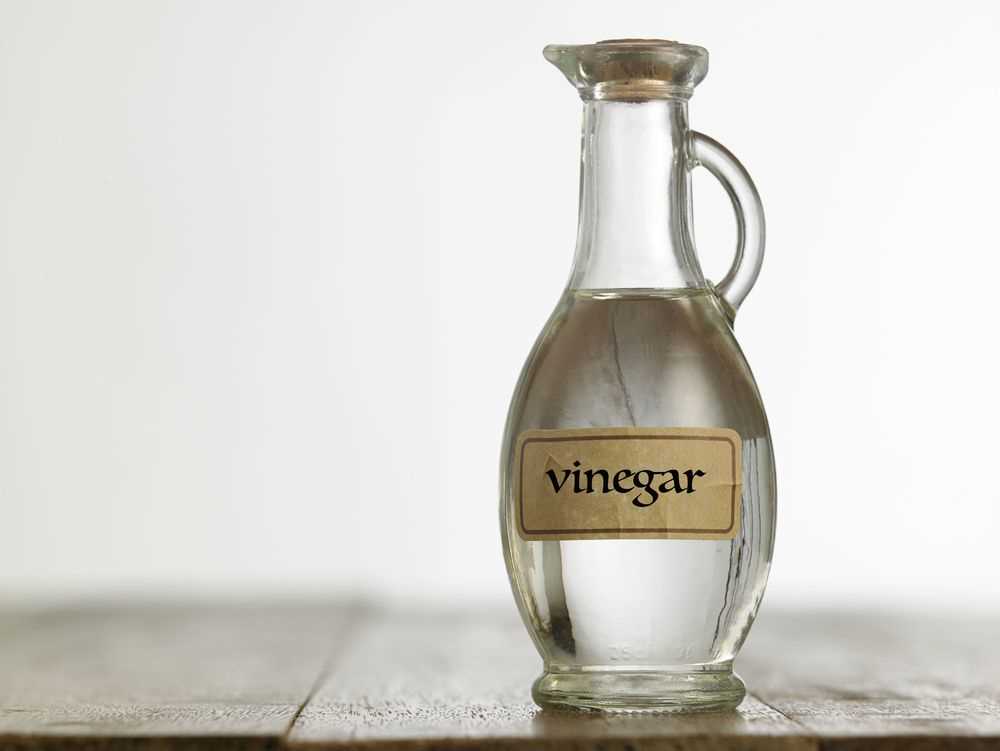
It is recommended to dilute vinegar with water before using it to clean rubber. This will help prevent any potential damage that the acidity of undiluted vinegar can cause. A common ratio for diluting vinegar is one part vinegar to one part water, but you can adjust the ratio depending on the level of dirt or stains you are trying to clean.
2. Test in an Inconspicuous Area
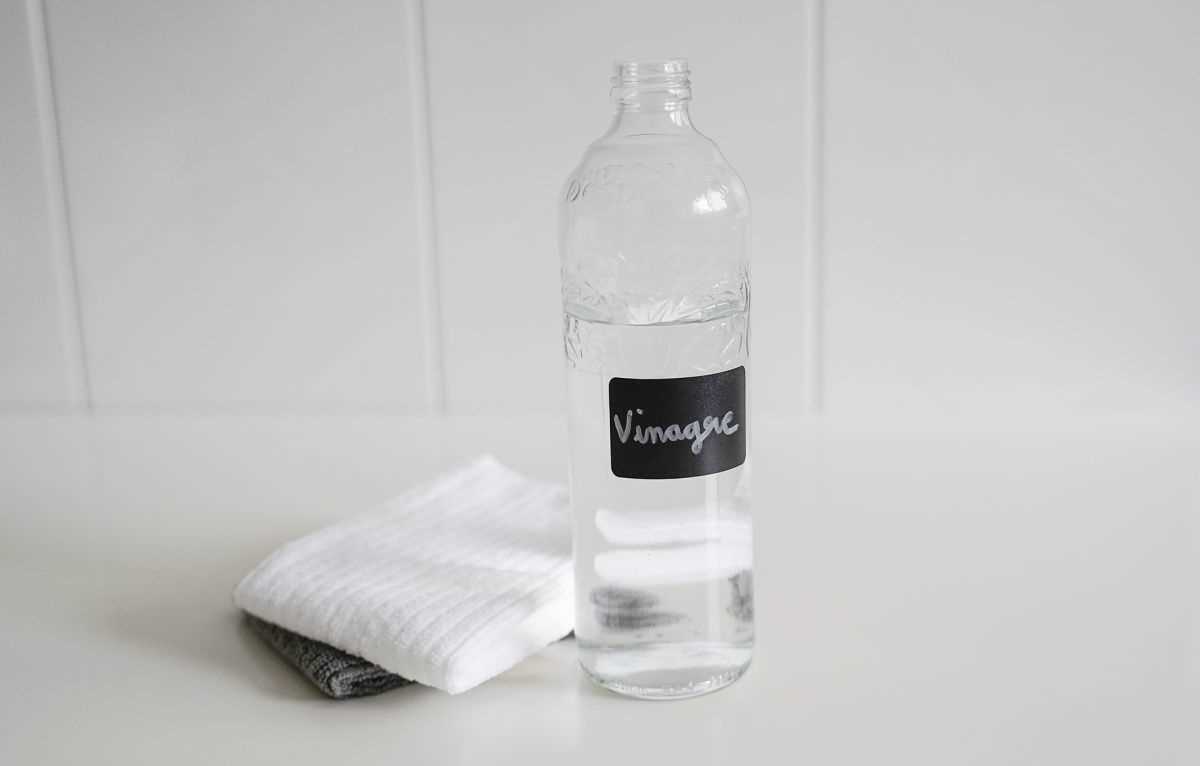
Before applying vinegar to a large area of rubber, it is a good idea to test it in a small, inconspicuous area first. This will allow you to check for any potential adverse reactions or discoloration that vinegar may cause. If there are no negative effects, you can proceed with cleaning the rest of the rubber surface.
3. Use a Soft Cloth or Sponge
When cleaning rubber with vinegar, it is best to use a soft cloth or sponge rather than a harsh abrasive scrubber. This will minimize the risk of scratching or damaging the rubber surface. Gently scrub the rubber with the diluted vinegar solution to remove dirt, stains, or residue.
4. Rinse Thoroughly
After cleaning the rubber surface with vinegar, it is important to rinse it thoroughly with clean water. This will help remove any vinegar residues and prevent any potential damage that prolonged exposure to vinegar can cause. Make sure to remove all traces of vinegar to ensure the longevity of the rubber.
5. Dry Completely

After rinsing, make sure to dry the rubber surface completely. Moisture can lead to the growth of mold or mildew, which can damage rubber over time. Use a soft towel or allow the rubber to air dry naturally before using or storing it.
6. Apply a Rubber Protectant
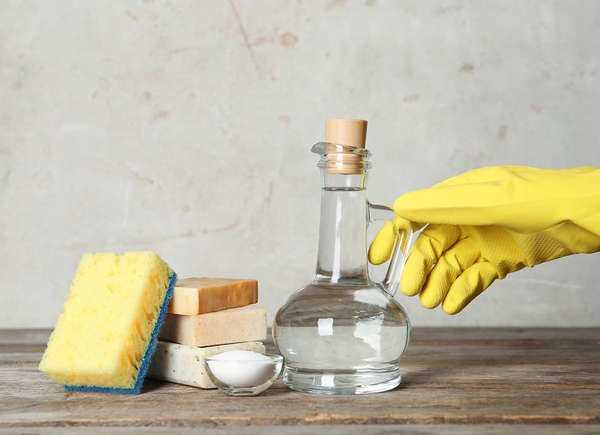
To further protect and maintain the rubber surface, you can apply a rubber protectant or conditioner after cleaning with vinegar. This will help restore any lost moisture and prevent the rubber from drying out or cracking. Follow the instructions on the product label for best results.
7. Regular Maintenance
To keep your rubber surfaces in good condition, it is recommended to incorporate regular maintenance into your cleaning routine. This can include simple practices like wiping the rubber with a damp cloth or using a mild soap solution to remove dirt and debris. Regular maintenance will help prevent the need for extensive cleaning or potential damage caused by neglect.
By following these precautions and best practices, you can safely and effectively clean rubber surfaces with vinegar. Remember to always test in a small area first and use gentle techniques to avoid any potential damage. With proper care, vinegar can be a useful tool for cleaning and maintaining your rubber items.
Alternatives to Vinegar for Cleaning Rubber Surfaces
If you’re looking for alternatives to vinegar for cleaning rubber surfaces, there are several options available that are effective and safe. Whether you’re cleaning rubber flooring, rubber seals, or rubber mats, these alternatives can help you maintain the cleanliness of your rubber surfaces without the potential damage that vinegar may cause.
1. Soap and Water
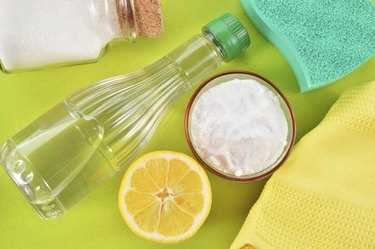
One of the most common and effective alternatives to vinegar is using soap and water. Simply mix a mild detergent or dish soap with warm water in a bucket. Dip a soft cloth or sponge into the soapy water and gently scrub the rubber surface. Rinse the surface thoroughly with clean water to remove any soap residue.
2. Rubber Cleaner
There are specific rubber cleaners available in the market that are designed to clean and protect rubber surfaces. These cleaners are formulated to remove dirt, grime, and stains without harming the rubber material. Follow the instructions provided by the manufacturer for the best results.
3. Rubber Protectant Spray
In addition to cleaning, using a rubber protectant spray can help maintain the condition of rubber surfaces. These sprays provide a protective layer that helps prevent cracking, fading, and deterioration caused by UV rays and other environmental factors. Apply the spray evenly onto the rubber surface and buff it lightly with a clean cloth.
4. Baking Soda Paste
Baking soda is known for its cleaning properties and can be used as an alternative to vinegar. Mix baking soda with water to form a paste and apply it on the rubber surface. Let it sit for a few minutes, then scrub gently with a soft brush or sponge. Rinse thoroughly with clean water to remove the paste.
5. Commercial Rubber Cleaning Wipes
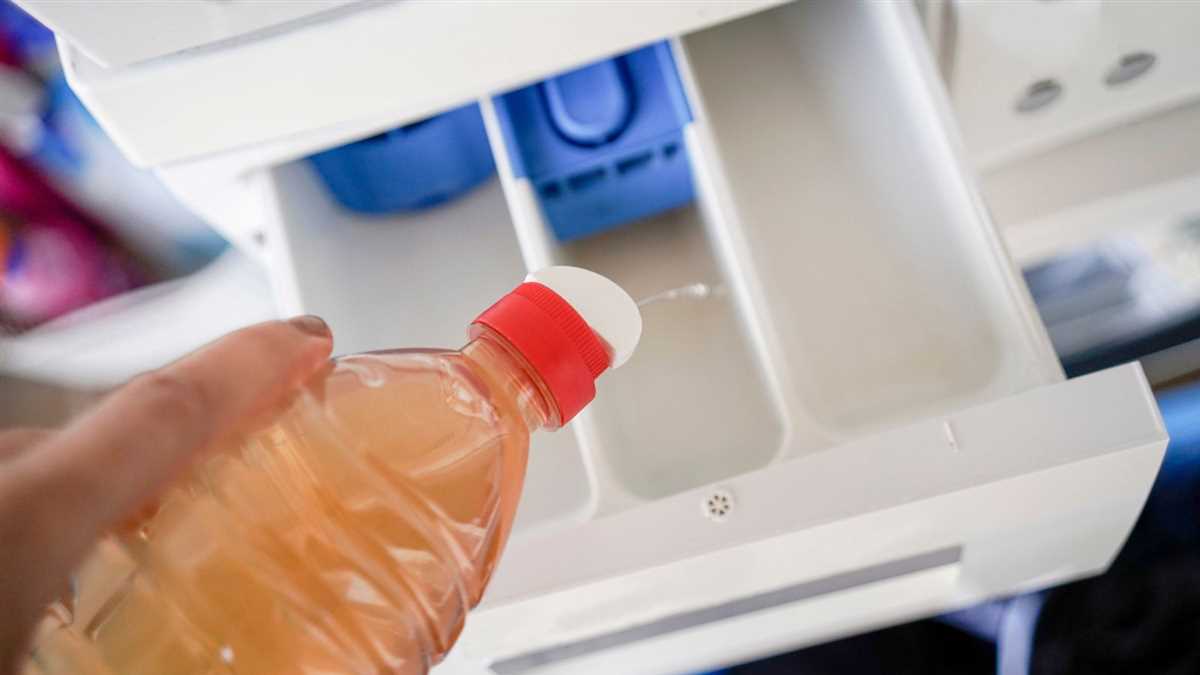
If you’re looking for a convenient option, there are commercial rubber cleaning wipes available. These wipes are pre-moistened with a cleaning solution specifically formulated for rubber surfaces. Simply wipe the rubber surface with the cleaning wipe, following the instructions on the packaging.
Remember to always test any cleaning product or method on a small, inconspicuous area of the rubber surface before applying it to the entire surface. This will help ensure that the cleaning method or product does not cause any damage or discoloration to the rubber.
By using these alternatives to vinegar, you can effectively clean and maintain your rubber surfaces without the risk of damaging the material. Choose the method that suits your needs and preferences, and enjoy clean and well-maintained rubber surfaces.
FAQ
Does vinegar damage rubber?
No, vinegar does not damage rubber. It is actually a safe and effective cleaner for rubber surfaces.
Is it safe to use vinegar on rubber?
Yes, it is safe to use vinegar on rubber. It can help remove stains and dirt without causing any damage.
Can vinegar cause rubber to deteriorate?
No, vinegar does not cause rubber to deteriorate. In fact, vinegar can help restore rubber by removing dirt and grime.
How does vinegar affect rubber?
Vinegar has a positive effect on rubber. It can help remove stains, dirt, and grime from rubber surfaces without causing any damage.
What are the surprising effects of vinegar on rubber?
The surprising effects of vinegar on rubber are that it can clean and restore the rubber without causing any damage. It can remove stains, dirt, and grime, making the rubber look like new.














